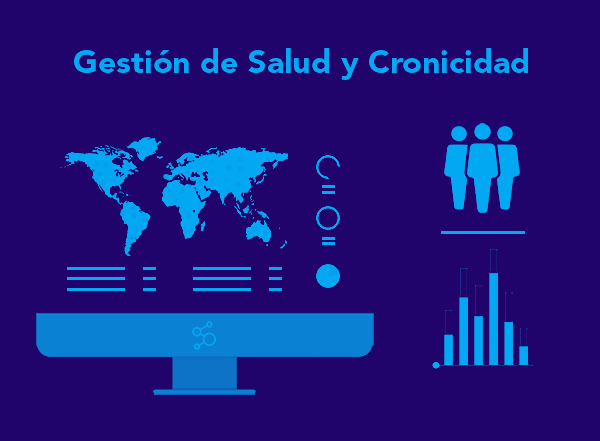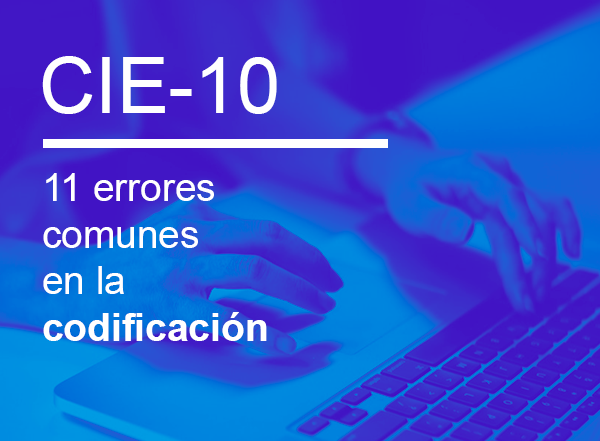Population risk Stratification for Chronicity Management

In the history of medicine, three major eras can be pointed out. One could say that the first era mainly consisted of palliative medicine, the second was hygienic-sanitary and the third one has been mainly curative. All of them have been key to achieving the advances that we have made over the centuries in terms of longevity and quality of life. However, the increase in health spending, as a result of population aging, the increase in chronicity rates, cost of treatments and expectations of citizens, have led health systems to face an important sustainability issue. As a consequence, we are entering a new stage of medicine: the era of efficient medicine and prevention. A new era in which clinical activity will be measured by the value generated for patients, and an era in which the focus of health systems will go from trying to heal people when they fall ill to acting proactively before these health problems manifest themselves.
An example of how technology and the analysis of large data sets is transforming medicine from curing diseases towards an integral management of health, are the algorithms of stratification and population risk adjustment. These algorithms are predictive models that, after analyzing the information of the patient’s global clinical history (demographic data, patient contacts with primary care, specialized care, hospital admissions, hospital and ambulatory pharmaceutical prescription, etc.), allow to create a population Health Matrix or a Kaiser’s Pyramid and to targeting the groups of individuals in a population most at risk of seeing their health status worsen or requiring more care in the future. Under these models, each individual is assigned to a unique risk group, which takes into account the historical, clinical and demographic characteristics of the citizen and the quantity and type of health resources that the individual will consume in a future period of time.
The stratification based on risk, allows to approach care with a preventive attitude from the knowledge of population morbidity. Their usefulness is not limited to identifying individuals who are currently experiencing a certain health status, they can anticipate and recognize in advance a possible worsening of the health of the population, which is of special interest to address the management of chronicity.
The benefits of the use of stratification and risk adjustment are many, but could be summarized in four large groups:
1. Monitoring of Population Health: Risk adjustment models allow for the monitoring and evaluation of the health status of a given population, the comparison of the situations of different population centers, as well as the study and monitorization of the trends and evolution of the most relevant diseases that affect that population. Given that they also enable the visualization of the patient’s global history, these systems also facilitate the establishment of better communication channels between Primary and Specialized Care.
2. Chronicity Management: This is perhaps the best known benefit of these models. Stratification allows for the identification of high-risk chronic patients and the management of prevalence rates of chronic diseases in a population. They allow to plan and carrying out chronic patient monitorization strategies, to ensure chronicity rates do not increase.
3. Prevention Planning: The identification of high-risk sub-populations, allows for the implementation of prevention plans on those groups of citizens who are most susceptible of becoming sicker so that, acting proactively on their health status, their clinical evolution will develop in a more positive way.
4. Resources and Spending Management: Stratification allows the visualization of the morbidity burden hidden within the population pyramid, making it easier to identify where health expenditure is concentrated. Likewise, it also allows for better planning and management of the resources available, making it easier to assign them according to the real morbidity burden and therefore, avoiding inefficiencies. Finally, these systems are extremely useful tools in the implementation of capitation financing models based on morbidity.
Given their unquestionable advantages, the stratification and risk adjustment algorithms will have a fundamental role in the new health paradigm that we are entering. However, it is important to be aware that their implementation is not free of difficulties. For these models to be useful, it is necessary to use highly reliable clinical activity data, normalize it by merging the different data sources in an appropriate way, and use robust and proven data analysis tools, which can draw trustable conclusions that are reliable and relevant to managers, both at a clinical and at an economic level.
At SIGESA, we have extensive experience in the use of stratification and risk adjustment systems for the management of population health. For more information on how our population analytics tools decisys-CRG (Spain) and Alcor-POB (Latam) are helping Hospitals, Insurance providers and Health Areas manage their chronicity rates, implement prevention plans and organize the system resources, contact us at info@sigesa.com



